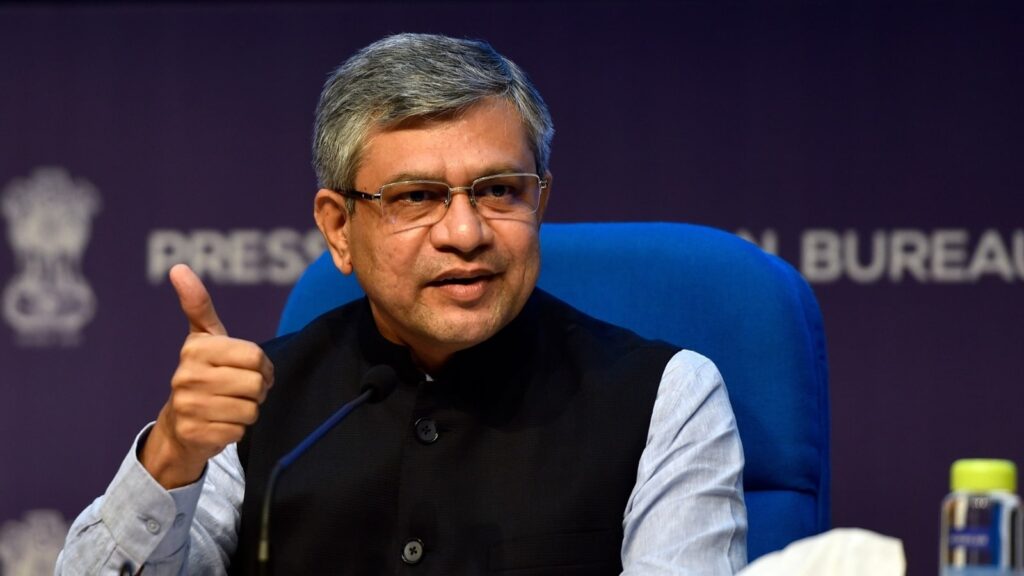India’s Leap into Semiconductor Independence: The Vikram 32-bit Processor
India has taken a significant step in its technological journey with the introduction of the Vikram 32-bit processor, marking the country’s first fully made-in-India microprocessor. This achievement was highlighted at the Semicon India 2025 conference in New Delhi, where Union Minister for Electronics and Information Technology Ashwini Vaishnaw presented the chip to Prime Minister Narendra Modi.
The Birth of the Vikram 32-bit Processor
The Vikram 32-bit processor is a product of collaboration between the Semiconductor Laboratory in Chandigarh and the Vikram Sarabhai Space Centre of ISRO. This processor is an advanced version of the Vikram 1601, which has been a crucial component in ISRO rockets since 2009. The new chip was tested earlier this year during the PSLV-C60 mission.
Why the Vikram 32-bit Processor Matters
Vaishnaw emphasized the processor’s ability to withstand the harsh conditions of space missions. This development is pivotal in reducing India’s dependence on imported chips, a move that aligns with India’s broader semiconductor mission. The fabrication and packaging of the processor were completed at the Semiconductor Hub in Mohali, showcasing India’s growing capability in chip manufacturing.
Versatility Across Industries
The Vikram 32-bit processor isn’t just for space. Its ability to handle large memory and perform complex calculations makes it suitable for various sectors, including:
- Defense: Enhancing national security systems.
- Aerospace: Supporting advanced avionics.
- Automotive: Powering next-gen vehicles.
- Energy: Optimizing smart grid technologies.

Academic Contributions and Future Prospects
In a nod to academic collaboration, Modi was also presented with 31 prototype chips developed by institutions like IIT Jammu and IIT Roorkee. This highlights the role of academia in driving technological innovation.
India’s semiconductor program has progressed rapidly since the launch of the Indian Semiconductor Mission three and a half years ago. With construction underway at five semiconductor units, the country’s semiconductor landscape is poised for growth.
The Global Context and India’s Position
At the Semicon India 2025 conference, attended by over 20,000 participants, Modi likened semiconductor chips to “digital diamonds.” This analogy underscores the strategic importance of semiconductors in today’s digital economy.
Vaishnaw’s call for global companies to invest in India highlights the country’s stable policies and transparent management of the semiconductor mission. This approach is crucial in attracting global partnerships and investments.
A Step Towards Self-Reliance
The Vikram 32-bit processor is more than just a technological achievement; it’s a step towards self-reliance. By reducing dependency on foreign technology, India is positioning itself as a significant player in the global semiconductor market.
What This Means for You
As a consumer or business leader, this development could lead to:
- Lower Costs: Reduced reliance on imports may lower costs for consumers.
- Innovation: Increased domestic production can spur innovation across industries.
- Opportunities: New sectors and startups may emerge, leveraging homegrown technology.
Conclusion
India’s introduction of the Vikram 32-bit processor is a testament to its growing technological prowess. As the country continues to build its semiconductor capabilities, it sets a foundation for future innovations and economic growth. The journey towards technological independence is not just about chips; it’s about building a resilient and self-sufficient future.
For more insights into India’s semiconductor landscape, visit ISRO’s official website.
This achievement raises thought-provoking questions: How will this impact global semiconductor dynamics? What role will India play in the future of technology? As we ponder these questions, one thing is clear: India’s technological journey is just beginning.
Visit TechScoopIndia for similar articles.

















